- Brake Fluid Service
BRAKE FLUID SERVICE
Genuine Kia Certified brake fluid flush for regular maintenance.
Brake fluid leak repair when you need it.
What turns your foot on a pedal into a force strong enough to stop your vehicle? Part of that magic happens in your brake lines. The fluid inside delivers the hydraulic pressure that activates your brakes. When your brake fluid level drops too low, your brake lines can’t build up as much pressure - and you, your pedal, and other parts of your braking system have to work harder to stop the vehicle. If you lose too much pressure, your brakes can fail.
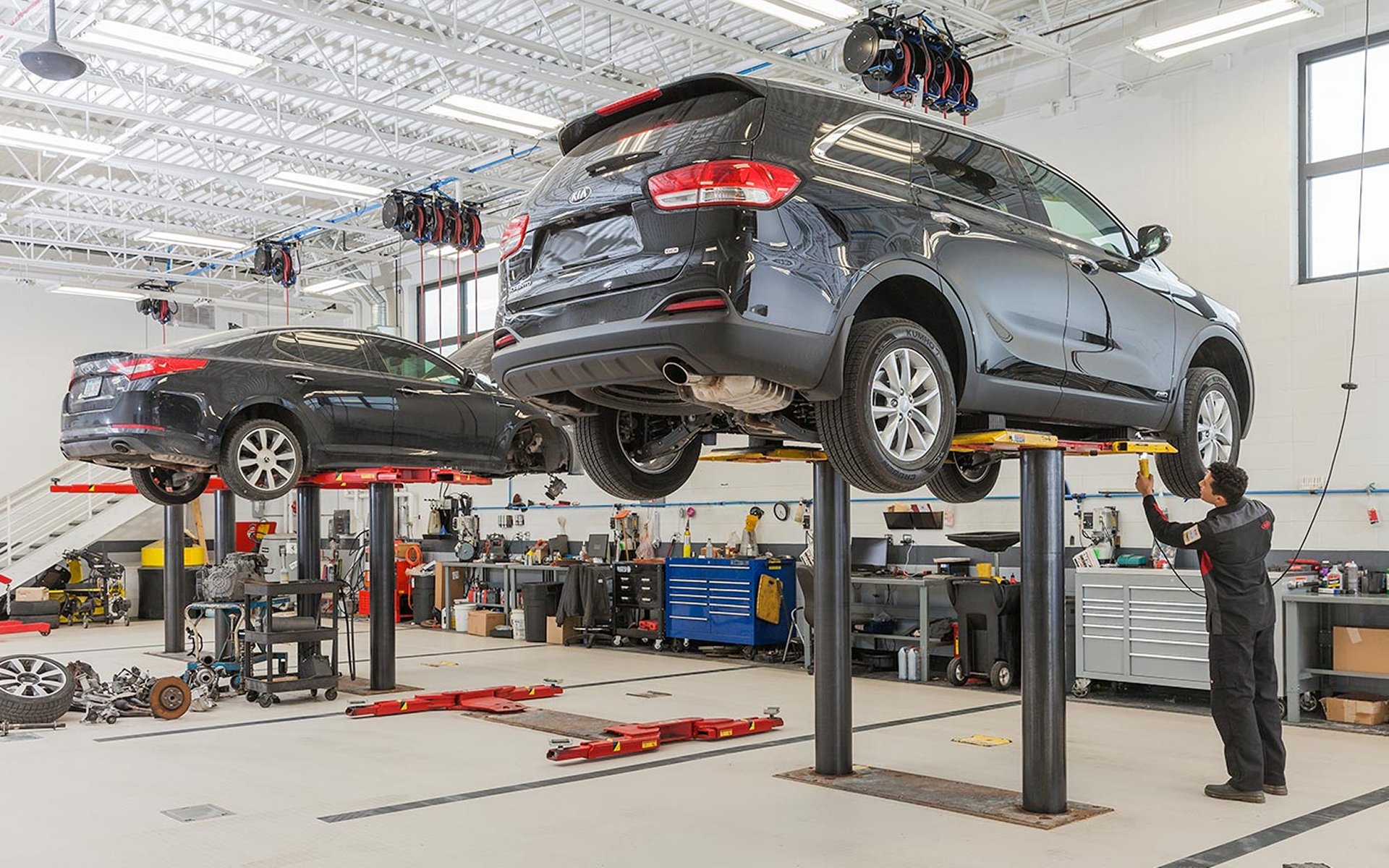
Common brake fluid problems
Hydraulic pressure in your brake lines can drop for several reasons, involving various brake components, but the three themes are:
- Brake fluid loss.
- Air in the brake lines.
- Old or contaminated brake fluid.
No matter what’s going on with your brake fluid, the first step is always a brake inspection.
How does air get into your brake lines?
A vehicle’s brake fluid level can drop over time due to normal brake system wear as well as brake fluid leaks. Air then enters the brake lines to fill the vacuum left by lost fluid. It’s able to get in because the brake line system isn’t perfectly airtight to begin with -- and it’s open to the air every time someone checks your brake fluid level.
What happens when you have old or contaminated brake fluid?
Brake fluid, like motor oil, has additives that help fight corrosion and fluid breakdown. Just like motor oil, brake fluid is changed periodically to maintain its level of protection and performance. Another reason brake fluid doesn’t last forever is contamination. Brake fluid absorbs water. It draws moisture from the atmosphere every time it’s exposed to the air. (All it takes is removing the cap to the master cylinder to check the fluid level.) Over time, this moisture can rust and corrode the internal metal parts of your brake system.
Why is my brake fluid low?
A vehicle’s brake fluid runs low either because it’s leaking or from normal brake operation. Here’s one reason: as your brake pads and/or shoes wear down, more space opens between the pads and/or shoes, and the brake rotors and/or drums in their resting position. It takes more brake fluid to cross that bigger space and reach the wheels, thus decreasing the brake fluid level.
What happens when you have low brake fluid?
When you have low brake fluid, the effects begin with air in your brake lines (causing a spongy brake pedal), and can escalate to a critical loss of hydraulic pressure in the brake lines (causing brake failure). If your brake fluid level is low as part of normal operation, the escalation will be gradual -- but if you let it get too low, you risk getting air into expensive parts like your anti-lock brake system. If you have a brake fluid leak, there is no way to know how quickly your brake performance will deteriorate. As soon as you notice any difference in your brake response (or signs of a brake fluid leak), have your brakes inspected at your earliest convenience.
What color is brake fluid?
Fresh brake fluid ranges from colorless to light brown or amber, and older brake fluid is often a darker brown. Old brake fluid can carry debris that, over time, may erode the seals on your master cylinder and brake calipers. But color alone does not tell you when it’s time to replace your brake fluid.
Instead of relying on brake fluid color to determine when to change fluid, the Automotive Maintenance and Repair Association’s (AMRA) Motorist Assurance Program (MAP) recommends brake fluid testing by a qualified technician. Roseville Kia can test your brake fluid for the depletion of corrosion inhibitors and for incorrect fluid added, among other things.
Brake Line Bleeding Service
What does it mean to bleed brake fluid?
Bleeding your brake lines is jargon for eliminating air from the brake lines. It’s done by draining brake fluid to get rid of air bubbles, then adding enough fluid to restore the correct hydraulic pressure to your brake system. As long as the air in your brake lines isn’t caused by a brake fluid leak, bleeding your brakes removes a major cause of mushy or spongy brakes. Bleeding is an alternative to flushing the brake lines when you’re not close to your recommended brake fluid change interval.
Brake Fluid Flush Service
The term Brake Flush is used by most automotive shops to describe the process of draining and filling, changing or exchanging the brake fluid in an automotive brake system. Sometimes a flush chemical such as denatured alcohol is used -- if a contaminant (such as power steering or transmission fluid) has gotten into the hydraulic portion of your brake system. This decontamination procedure is the most technical definition of a brake fluid flush, and some experts call this procedure a chemical flush.
Outside the chemical flush scenario, periodic brake fluid exchange is typically recommended for routine maintenance. This process simply involves removing your old brake fluid and replacing it with new fluid. Many shops call this process a “Brake Flush” even though flush chemicals are not used.
Through careful testing of your brake fluid, a certified automotive technician can determine whether your vehicle needs a chemical flush or simply a routine maintenance brake fluid exchange.
How do I know when my brake fluid should be replaced?
Here are some signs that it’s time to service or replace your brake fluid:
- On many vehicles, your dashboard brake light will trigger if your brake fluid reaches a low level -- check your vehicle manual for the specifics.
- Your brake fluid is near the minimum mark on the master cylinder reservoir.
- On a white towel, the fluid in the master cylinder reservoir is medium brown or darker. (New brake fluid is light brown, amber, or clear.)
How often should brake fluid be changed?
Brake fluid can last anywhere from two to five years, so check your vehicle manual for your recommended brake fluid care cycle. If your vehicle manufacturer does not recommend a specific maintenance schedule for brake fluid replacement (often called brake fluid flush), monitor your brake fluid level, and have the fluid tested with every oil change -- and schedule a brake inspection at the first sign of spongy brakes. Your Roseville Kia technician can help you decide when it’s time for new brake fluid.
To help spot brake problems early, it’s a wise precaution to check your brake fluid with each oil change. And remember: Roseville Kia visually checks your brake lines and fluid levels as part of every Roseville Kia Multi-Point Inspection.
Brake Fluid Leak Repair Service
How can I tell if my brake fluid is leaking?
Common signs of a brake fluid leak include:
- A puddle of clear, amber, or brown fluid where you park your car.
- The brake fluid level in your master cylinder reservoir drops faster than usual.
- A spongy brake pedal or other difference in brake response.
- Your dashboard brake light comes on.
Any one of these signs means your brakes should be inspected by a qualified mechanic.
To get started tracking down your brake fluid leak, trust Roseville Kia for a thorough brake inspection. Your Roseville Kia technician will explain the cause of your leak and provide a written estimate before making any repairs.
Directions To Our Dealership in Roseville
Use the directions link below, or call us at 916-297-6741 for directions to Roseville Kia.
Prices listed or MSRP does not include destination and handling fees. All prices are from manufacturer website. Please contact dealer for pricing and availability of any in-stock vehicle.




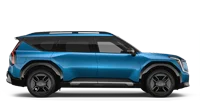









































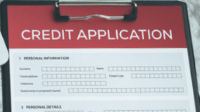

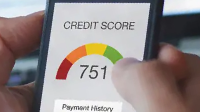

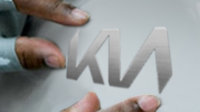
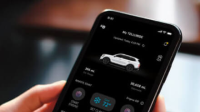
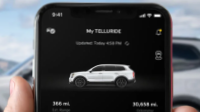











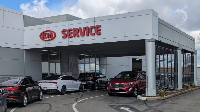
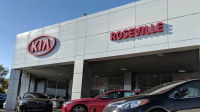














 Warranties include 10-year/100,000-mile powertrain and 5-year/60,000-mile basic. All warranties and roadside assistance are limited. See retailer for warranty details.
Warranties include 10-year/100,000-mile powertrain and 5-year/60,000-mile basic. All warranties and roadside assistance are limited. See retailer for warranty details.